A paprika-spiked goulash recipe to keep you warm as the nights draw in
The classifications of the Eastern European country’s rustic, paprika-spiked gulyás stews are as multitudinous as they are delicious, proclaims Tom Parker Bowles.
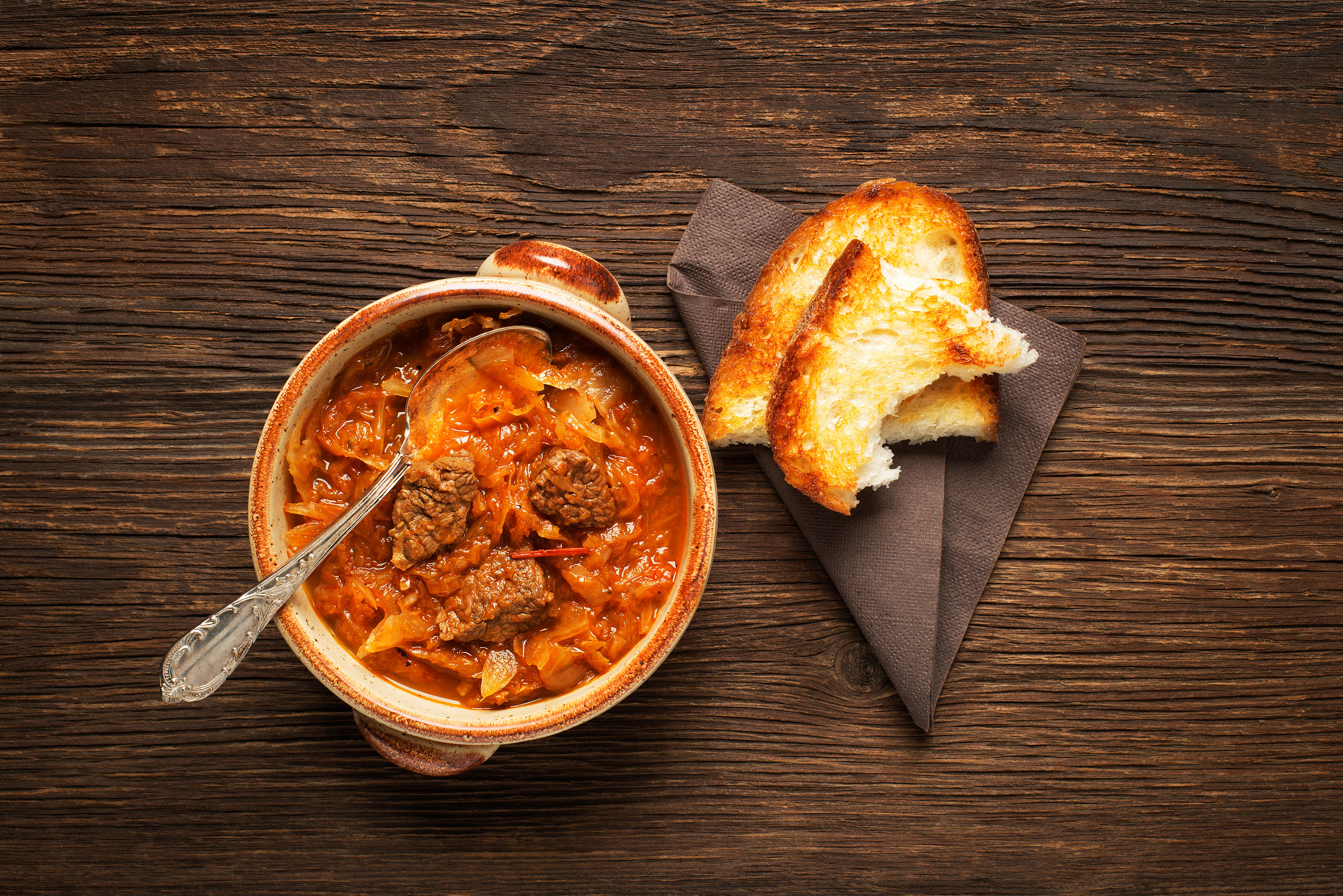

The Gay Hussar was a resolutely old-school Soho institution that served up hearty portions of traditional Hungarian food to various Labour grandees, sozzled hacks and Laurent-Perrier Lefties (as well as the occasional damp Tory). It was a place fuelled not only by lashings of Bull’s Blood, that mighty red from Hungary’s Eger, but by whispers and intrigue, treachery, double-dealing and good old-fashioned gossip.
As to food… well, that was somewhat of an afterthought, more boozy ballast than culinary high art. There was a decent cold cherry soup and a pretty respectable roast duck. But it was the goulash soup (or gulyásleves) that I really remember (well, as much as anyone can precisely recall a lunch at this unashamedly bibulous establishment) — soft beef, sweet paprika and onion, all swimming in a broth as brown as Danube mud.
Yet, despite being the national dish of Hungary, you’d be pushed, these days, to find a goulash or, to be more correct, a gulyás, on local menus, as the word simply means ‘cattle herder,’ or ‘cowboy’. No, you’d be after a pör-költ. Or is it a páprikás? Or even a tokány? All use meat and onion, cooked in lard with paprika, but then things get complicated. A pörkölt has nothing to do with the pig and is usually made with veal, although beef, mutton, game and even pork can be used. It never includes sour cream and is said to have a more pronounced onion taste than the páprikás, which also includes veal or chicken and never sour cream. A tokány is made with beef or veal, cut into pieces the size of French fries, and throws in mushrooms, goose liver, peas, asparagus and parsley roots. It may or may not contain sour cream. Confused? Join the club. There was me thinking that goulash was the simplest of stews.
'It was a place fuelled not only by lashings of Bull’s Blood, that mighty red from Hungary’s Eger, but by whispers and intrigue, treachery, double-dealing and good old-fashioned gossip'
To make any sense of anything, we must travel back to the beginning, to the Magyar cattle ranchers of 9th-century Hungary, who roamed the Great Plains with their herds. Every year, before setting out for pastures new, they would cube beef and cook it with onion and spices (mainly black pepper) in a heavy iron kettle (or bogrács), hung over an open fire, until all the liquid had evaporated.
The beef was then dried in the sun and stuffed into a bag made from a sheep’s stomach, a technique used for millennia by nomads across the world. When hunger panged, the ranchers could add water and, depending on the amount, cook up either a gulyás stew or a gulyás soup. A proto-ready meal or, in the words of Albert Jack in his 2012 book What Caesar Did for My Salad: The Secret Meanings of our Favourite Dishes, ‘the earliest example of the stock cube’.
Paprika, however, was a relative newcomer to the party, probably arriving in Hungary with the invading Ottomans, but not gaining widespread popularity until the 1820s. Black pepper had traditionally been rubbed on raw meat, together with salt or sugar, as a preservative. Paprika was used in the same way. The effects weren’t quite the same, but did produce the most delectable crust. To pörköl meant to slightly burn the surface, hence the new dish being known as pörkölt. The key, however, to any of the above, is gently cooking the onions in lard so they reach a subtle shade of soft gold.
But whatever the dish is called (and don’t even get me started as to whether a pörkölt or páprikás can include potatoes or pasta), all that matters is the end result. A paprika-stained taste of Hungarian history and a stew of the mightiest succour.
Exquisite houses, the beauty of Nature, and how to get the most from your life, straight to your inbox.
Recipe: Bográcsgulyás
This comes from The Cooking of Vienna’s Empire, part of the legendary Time Life ‘Foods of the World’ series. Published in the 1970s, it features some of the finest food writers, as well as lavish (if slightly dated) photography. Anyway, this is named after the cast-iron pot it was originally cooked in, but is by no means an authentic gulyás. It has tomatoes, for a start. But what really matters is that the onions are cooked in lard, and there’s a lot of sweet paprika. Finish with a generous blob of sour cream.
Ingredients
Serves 4 to 6
2tbspn lard
2 onions, finely chopped
1tspn garlic, finely chopped
3tbspn sweet Hungarian paprika
800g shin of beef, cut into 1½in cubes
½tspn caraway seeds
600ml chicken or beef stock
½tspn salt
Freshly ground black pepper
2 medium potatoes
4 big tomatoes, peeled, seeded and finely chopped
2 medium-sized green peppers, with seeds and ribs removed, finely chopped
½tspn marjoram
Method
Heat the lard in a four- or five-quart heavy saucepan until a light haze forms over it, then reduce the heat to medium and add the onions and garlic. Cook them for 8–10 minutes or until the onions are lightly coloured. Off the heat, stir in the paprika until the onions are well coated.
Add the beef cubes, caraway seeds and stock to the pan and season with the salt and pepper. Bring the liquid to a boil and partially cover the pan. Gently simmer for two hours or until the beef is almost tender.
Parboil the potatoes in boiling water for 8–10 minutes or until they can be easily penetrated with the point of a sharp knife. Peel the potaoes, cut them into 1½in cubes and add them, together with the tomatoes, the peppers and the marjoram, to the pan.
Partially cover again and cook over a medium heat for 25 to 35 minutes or until the potatoes are done and the beef is tender.
Skim off the surface fat and taste for seasoning.
Serve the goulash in deep individual plates.
Tom Parker Bowles is food writer, critic and regular contributor to Country Life.
-
 An delightful old vicarage for sale in the heart of James Herriot country, just yards away from one of Yorkshire's most curious landmarks
An delightful old vicarage for sale in the heart of James Herriot country, just yards away from one of Yorkshire's most curious landmarks -
 A country home that comes with a perfect lifestyle business: one of Britain's oldest vineyards
A country home that comes with a perfect lifestyle business: one of Britain's oldest vineyardsAstley Vineyard in Worcestershire, and the lovely house that it comes with, are looking for a new owner.
-
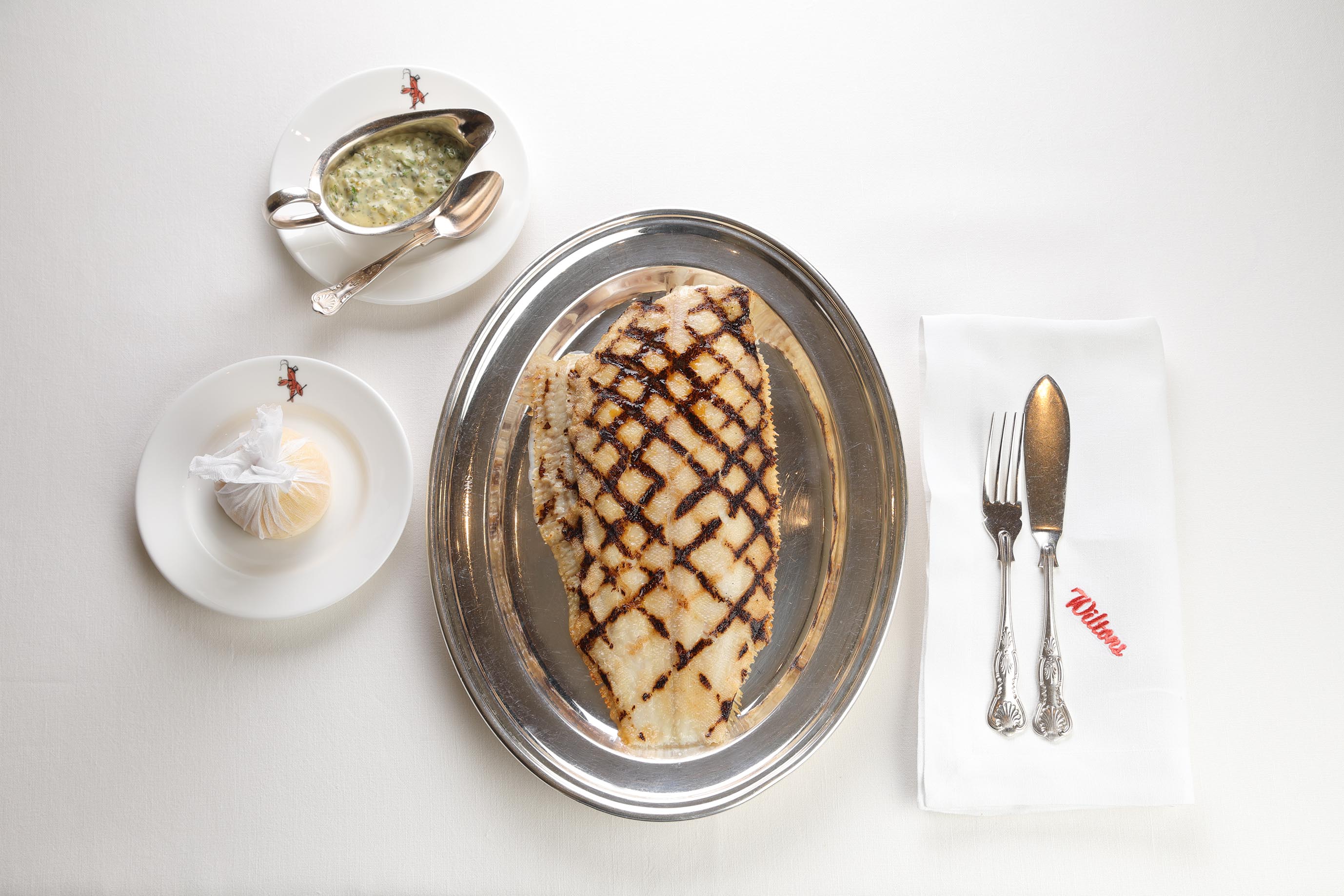 What is everyone talking about this week: Is the Golden Age of fine dining over?
What is everyone talking about this week: Is the Golden Age of fine dining over?It currently costs a restaurant around £35 to procure a Dover sole, but they cannot list said fish for anymore than £45. So, does the current financial climate spell an end to fine dining?
-
 No more froths, no more foams, no more tweezers. Classic dining is making a comeback. Thank god
No more froths, no more foams, no more tweezers. Classic dining is making a comeback. Thank godFrom prawn cocktail and Arctic roll to starched tablecloths and ‘nicotine cream’ on the walls, it’s out with the new and in with the old in the restaurant world
-
 A vineyard for sale on the slopes above 'the best beach in Britain' is for sale at just £650,000
A vineyard for sale on the slopes above 'the best beach in Britain' is for sale at just £650,000In the beautifully unspoilt Devon village of Bantham, an award-winning vineyard is for sale. Toby Keel takes a look.
-
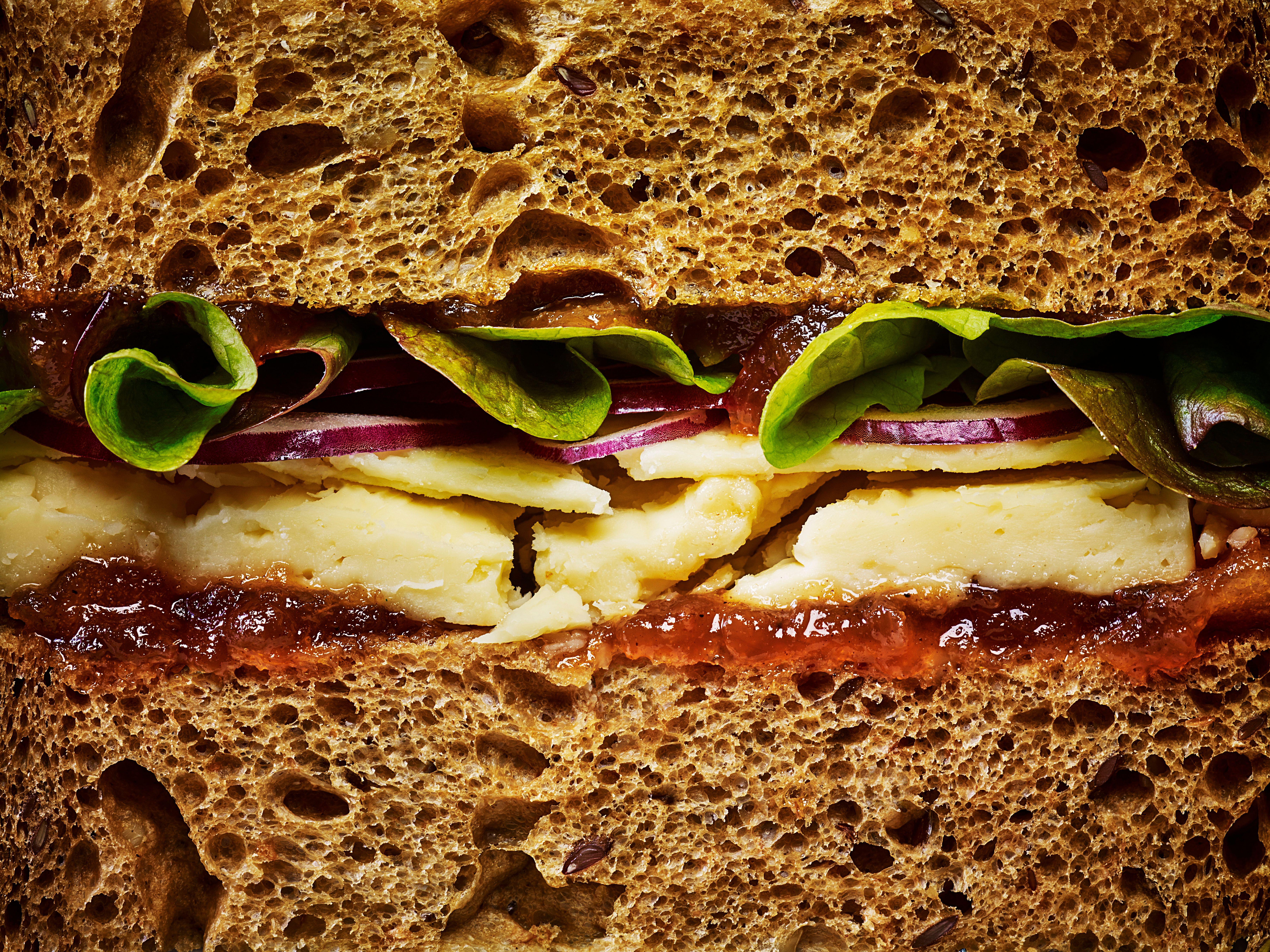 The nine best sandwiches in London, tried, tested and digested
The nine best sandwiches in London, tried, tested and digestedThe sandwich is back and it's bigger and better than ever. David Ellis reveals where to find the best ones in London.
-
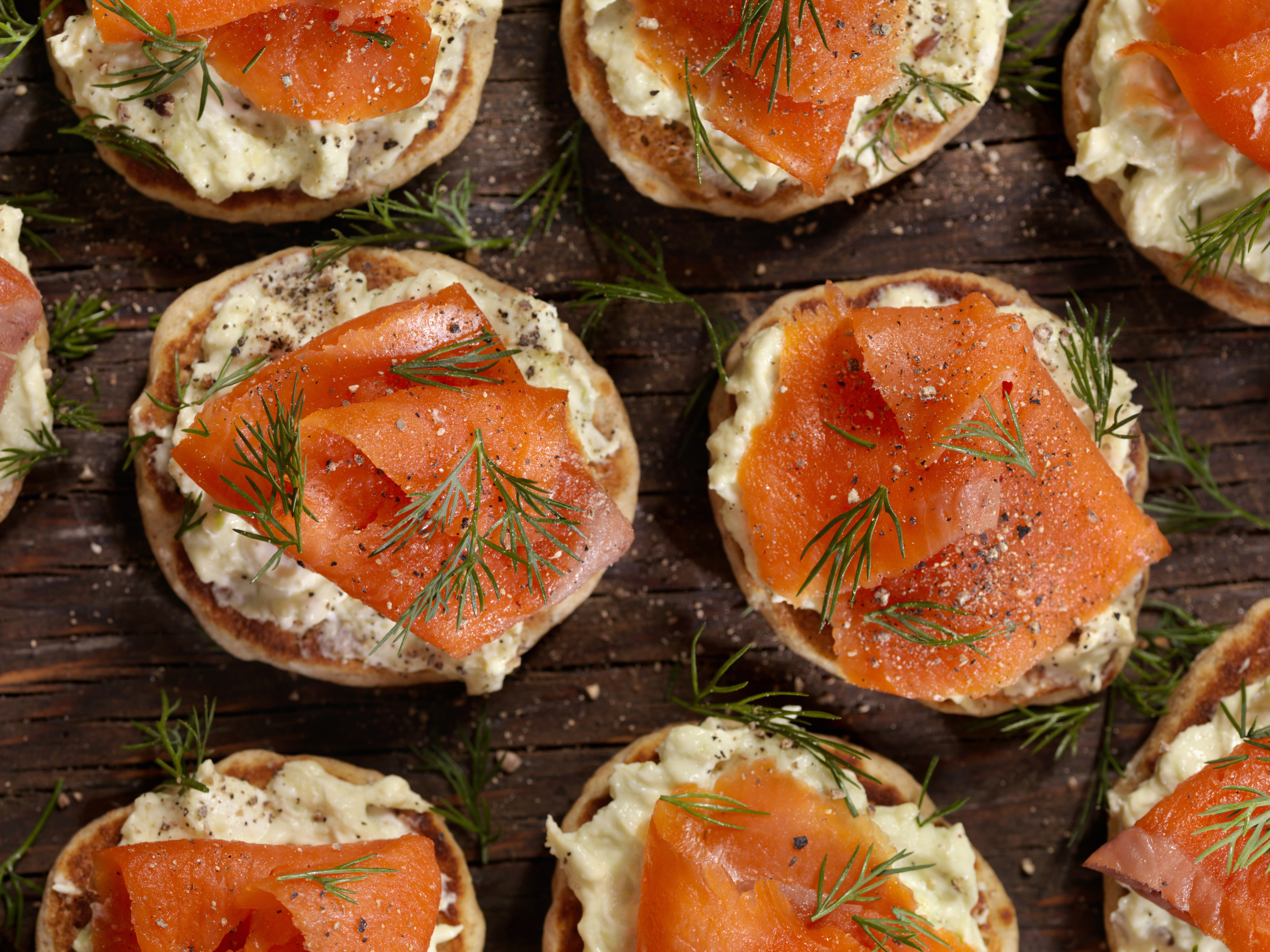 'Someone once proffered a tray and said to me: "Would you like an eat?" I’m not sure I’ve ever seen that person again': A snob's guide to canapés
'Someone once proffered a tray and said to me: "Would you like an eat?" I’m not sure I’ve ever seen that person again': A snob's guide to canapésTeeny, tiny food can throw up some big problems, says our modern etiquette columnist.
-
 Made with porpoise blood, eaten with beaver tail: The not-so-normal history of the black pudding
Made with porpoise blood, eaten with beaver tail: The not-so-normal history of the black puddingAncient, but still popular, both very global and very local, much loved and at one point fiercely disdained. Bound up within the beloved black pudding there’s so much culture, so much history, and so many stories.
-
 'My sister Catherine shares a love of bees and has a few hives herself': James Middleton, Jamie Oliver and Sir David Beckham on the pleasures of harvesting your own honey
'My sister Catherine shares a love of bees and has a few hives herself': James Middleton, Jamie Oliver and Sir David Beckham on the pleasures of harvesting your own honeyBeekeeping is a star-studded hobby and has much to offer, finds Jane Wheatley.
-
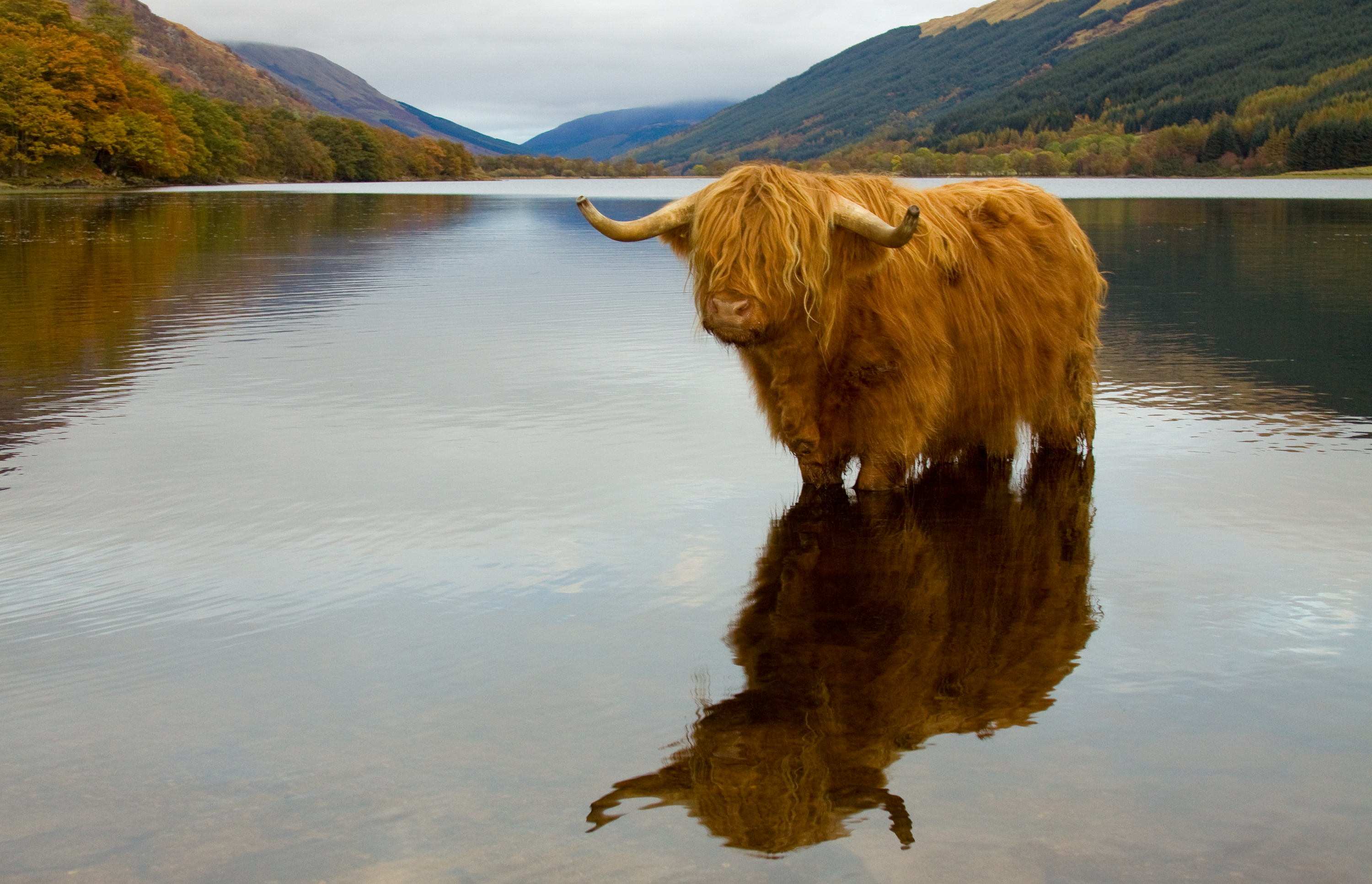 The rapid decline of our local abattoirs means we can no longer claim to be a country with leading animal welfare standards
The rapid decline of our local abattoirs means we can no longer claim to be a country with leading animal welfare standardsOnce the backbone of ethical, small-scale meat production, these essential processors are disappearing fast.
